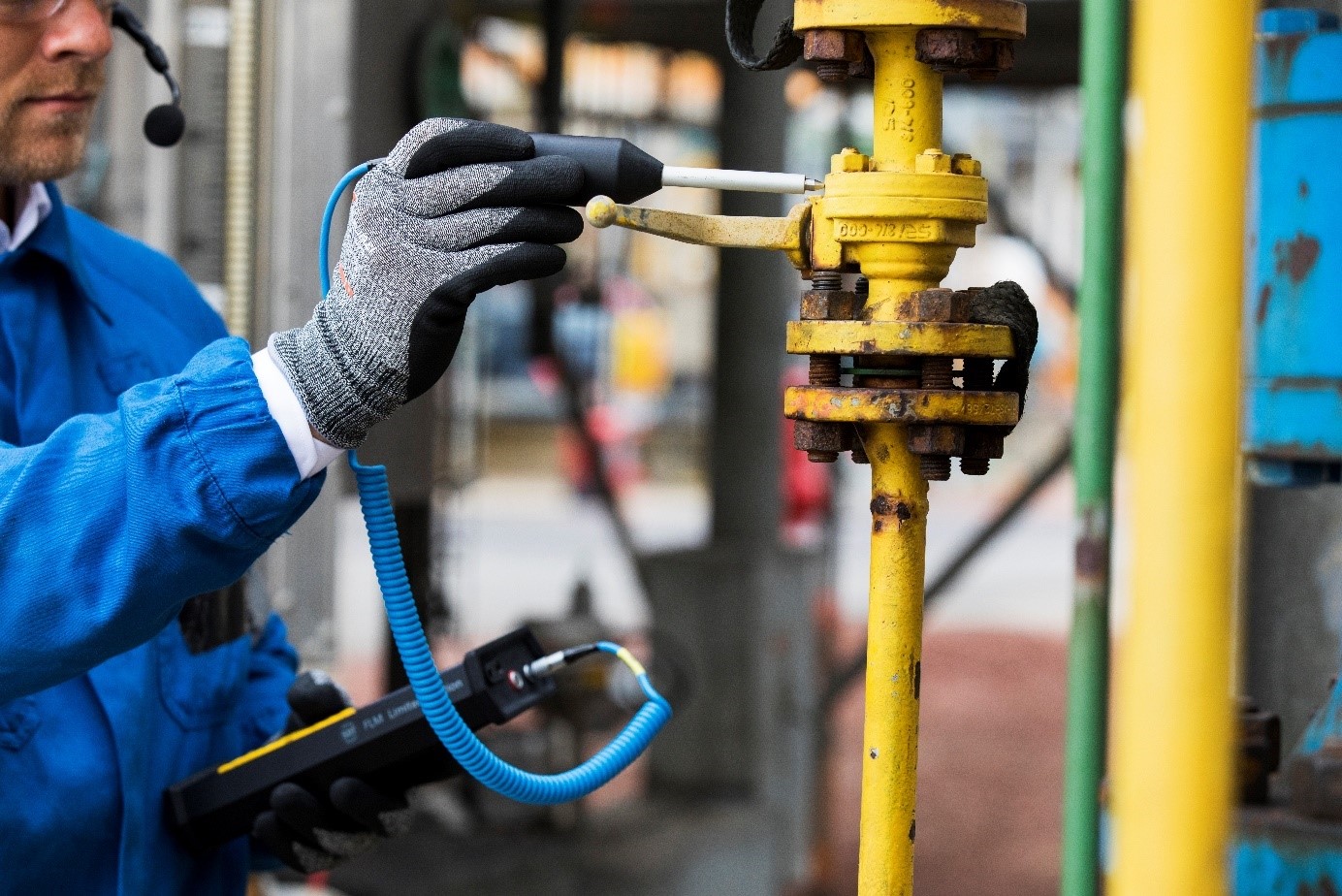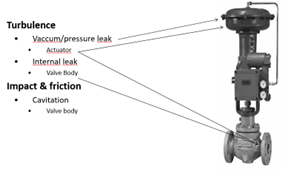Valves play an important role in the industrial environment ashore, as well as on board ships and offshore installations.
In many cases, shipboard valves that are blocked, passing or cavitating have a high accident, injury and claim potential, they can also be a vehicle for commercial and operational disasters.
Valves, whether pneumatic, hydraulic, or manually controlled, allow to regulate flow and are of crucial importance on board of a ship. Ultrasounds are there to help in detecting failures and problems in a quick and easy way.
Valves can be divided in different categories according to their function, i.e., flow regulating valves (flow, pressure, temperature, level and either automatically or manually operated), isolation valves (used to cut off the flow and usually manually operated, generally vertically or rotary closing), safety valves (ensuring pressure or vacuum control in a system. Fast and automatic operations to open and release pressure or flow is necessary.) and check valves (controlling the direction flow in a pipe avoiding back flow).

Valves can have different failure modes, ranging from simple failures (blocked/passing) to more complicated failure patterns related with the flow regulation. However, one thing must be made clear, if you lose the valve, you lose control over the operation.
Unfortunately, and unless critical, valves are often degraded to secondary systems and, in a time where a run to failure mentality prevails and maintenance being limited to time-based replacement, valve condition monitoring may not rank high on the priority list of the ship’s engineers.
Yet, there is something to say about valve condition monitoring and doing so with ultrasound confirms once more the benefits of having ultrasound equipment in the ship’s toolbox.
Predictive approach
Before embarking on a valve condition monitoring program, a lot of preparatory work needs to be done. In the first place, the different types of valves on board, as well as their failure modes, should be charted. This also requires valves to be clearly and correctly identified. In addition to mapping and identifying the valves, also the direction of flow should be established/marked. Furthermore, all valves should be correctly installed and operating requirements should be known.
Why ultrasound?
Ultrasound is very good in detecting failures that are caused by or related to impact, friction and turbulent flow, this makes ultrasound very useful for valve condition monitoring. Small leaks, especially in a system that is under pressure, will generate turbulent flow that can easily be picked up by ultrasound.
Of course, to detect ultrasound signals, an operator will need to have an ultrasound detection device such as the TRAPChecker or the SDT340, mounted with the right sensors, which works in the contact mode (for a quick control mostly based on listening and the “live RMS” measurement) or magnetic mode (when more accurate, repeatable readings are required).





